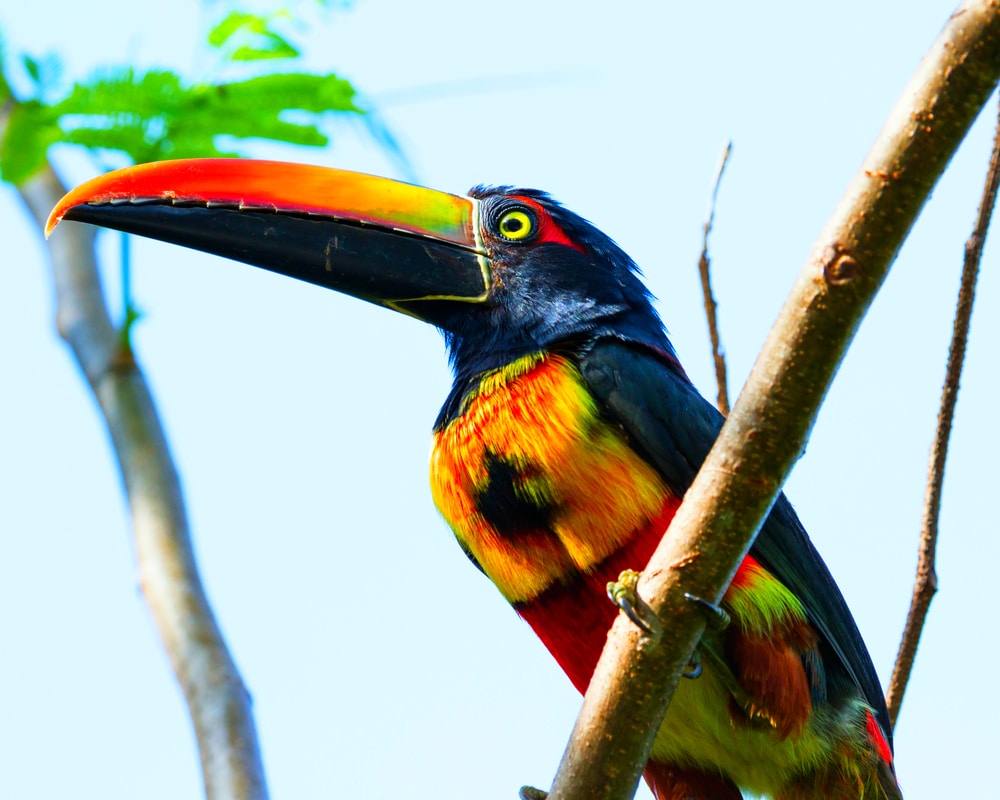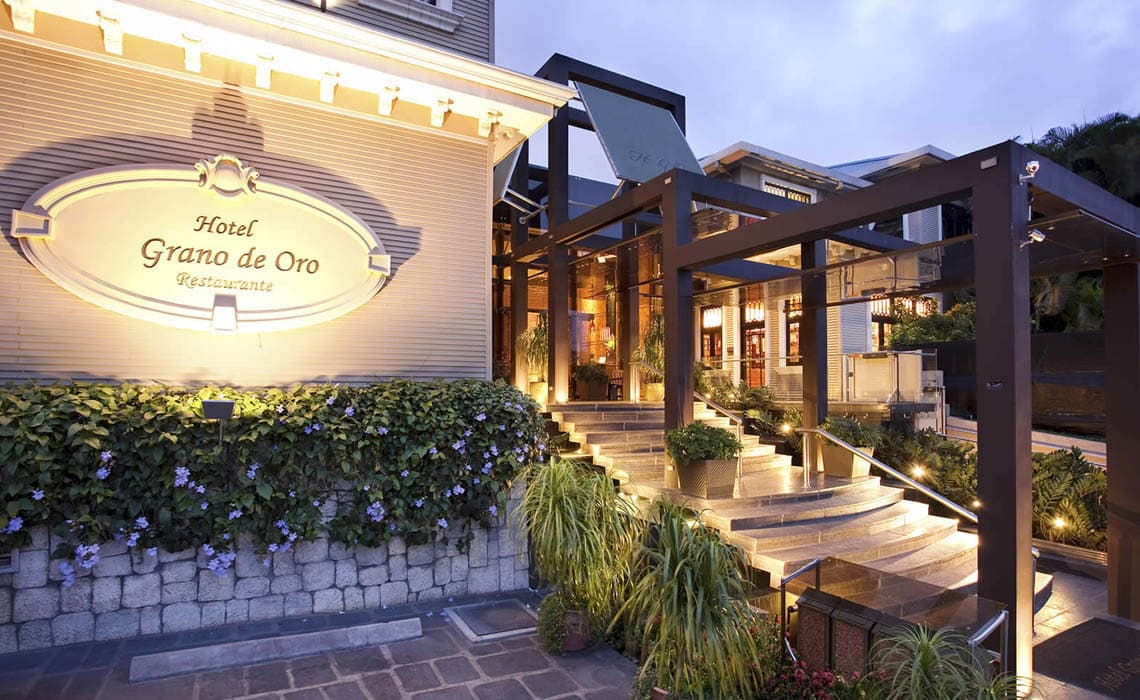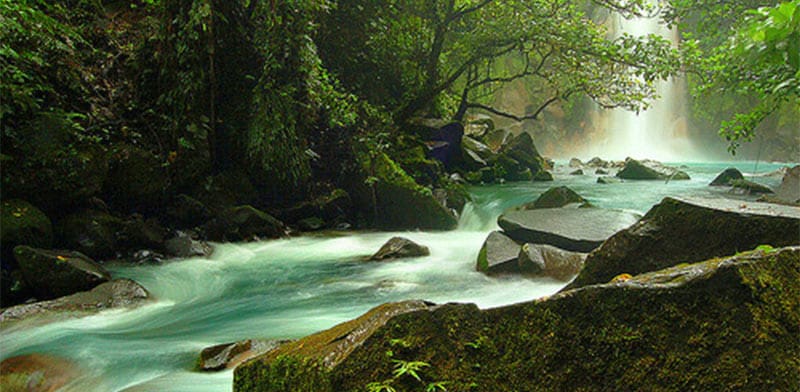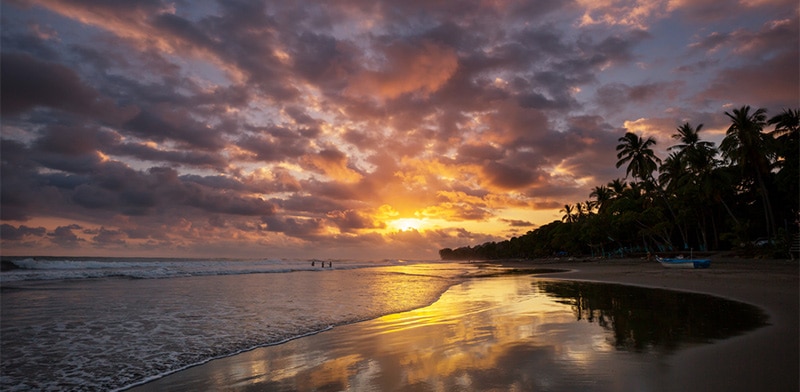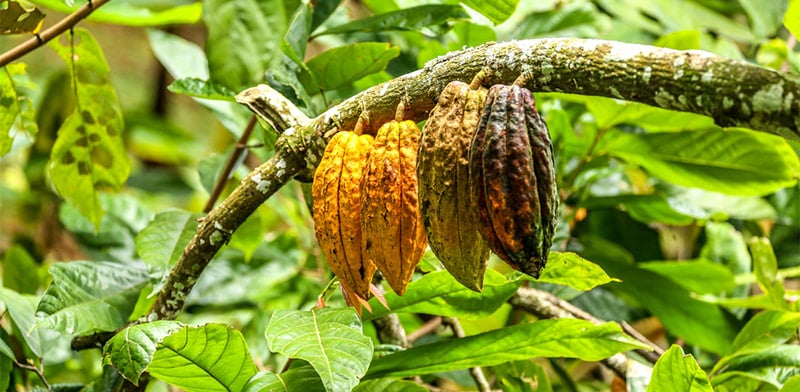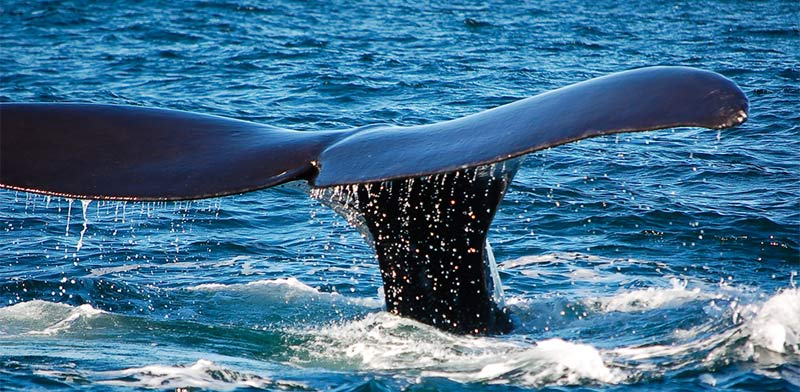Exciting tours and activities mean high adventure and fascinating discovery in Costa Rica
Never a dull moment, the abundance of eco-adventure tours and activities in Costa Rica means a vacation to remember.
The early months of high season, January through March, are some of the best months to visit Costa Rica. The green season, with its daily rains, has left the rain and dry tropical forests green and still lush. Still, any time of year is a good time of year to visit Costa Rica.
No matter what you’re up for, there are plenty of things to do for everyone: adventure tours, such as whitewater rafting and zip lining for the adrenalin addicts among us, and the more leisurely pursuits of guided nature hikes and coffee plantation tours for those who prefer to keep their feet on the ground.
Here are 5 Costa Rica tours and activities that we think are well worth your while:
The Monteverde Cloud Forest Biological Reserve is, perhaps, the most unique in all of Latin America. It straddles the continental divide, and is the result of two separate climatic influences: Caribbean moisture-laden winds provide the mists while the Pacific side is somewhat drier. Its biodiversity is unmatched by few other places on the planet. In fact, about a third of the country’s indigenous flora is found here—more than 3,000 species; especially orchids. Monteverde is also a beacon for birdwatchers, with more than 400 species, mostly insectivores and frugivores. The well-named resplendent quetzal calls this beautiful Costa Rica cloud forest home. The best way to enjoy the canopy is a guided walk along the hanging bridges of the reserve.
Coffee lovers will appreciate a coffee plantation tour. It’s fascinating to see the process from beans on the tree to coffee in the cup. You’ll learn about coffee culture and its importance to the country. The Doka Estate, near Peace Lodge and La Paz Waterfall Gardens, is the largest coffee plantation in Costa Rica and they offer a choice of three tours (one includes La Paz).
Catch sight of turtles nesting on Costa Rica beaches. Olive Ridley and Green sea turtles begin nesting in January for the next 3 months and leatherbacks are just winding up their nesting season, meaning you may have a chance to watch eggs being laid and hatchlings make their dash to the surf.
California’s humpback whales and their calves are a common sight off the southern Pacific coast in January and February. By the end of March, they’re beginning their northern migration. There are a number of wonderful tours to enjoy Costa Rica whale watching; just ask your concierge!
Rainforest canopy zip line, tram, and hanging bridge tours are an excellent mix of adrenaline and awe. The rush from flying from platform to platform just may be as exhilarating as parachuting, only safer. You get a bird’s-eye view of the rainforest canopy and its colorful inhabitants, such as scarlet macaws and toucans, as well as monkeys and sloths. Zipline tours are available all over the country; no matter which distinctive hotel you’re staying in, you’re likely to be able to schedule this exciting tour.
Not up for being harnessed in and flying over the canopy tops? Ask about sky tram aerial rides or skywalk hanging bridges; you can leave the thrill-seeking behind and still enjoy the sights and sounds of the forest canopy.
Running the rapids while white water river rafting on Rio Naranjo or Rio Savegre is a possibility for even the most novice beginner. For really exciting rapids, go river rafting right as the green season is coming to a close- anytime in November and December. As the dry season develops, water flows tend to be lower, so January through April is a good time for those who want a more tranquil experience.
Other rivers that are part of Costa Rica’s hydroelectric infrastructure, such as the Balsa, Toro, and Sarapiquí rivers have more reliable flows due to water releases.
No matter which river rafting tour you choose, every Costa Rica river offers an exhilarating and wile ride.
The concierge staff at your hotel can help you organize any number of tours and activities. They’ll know who the reliable tour operators are and can even book for you.



